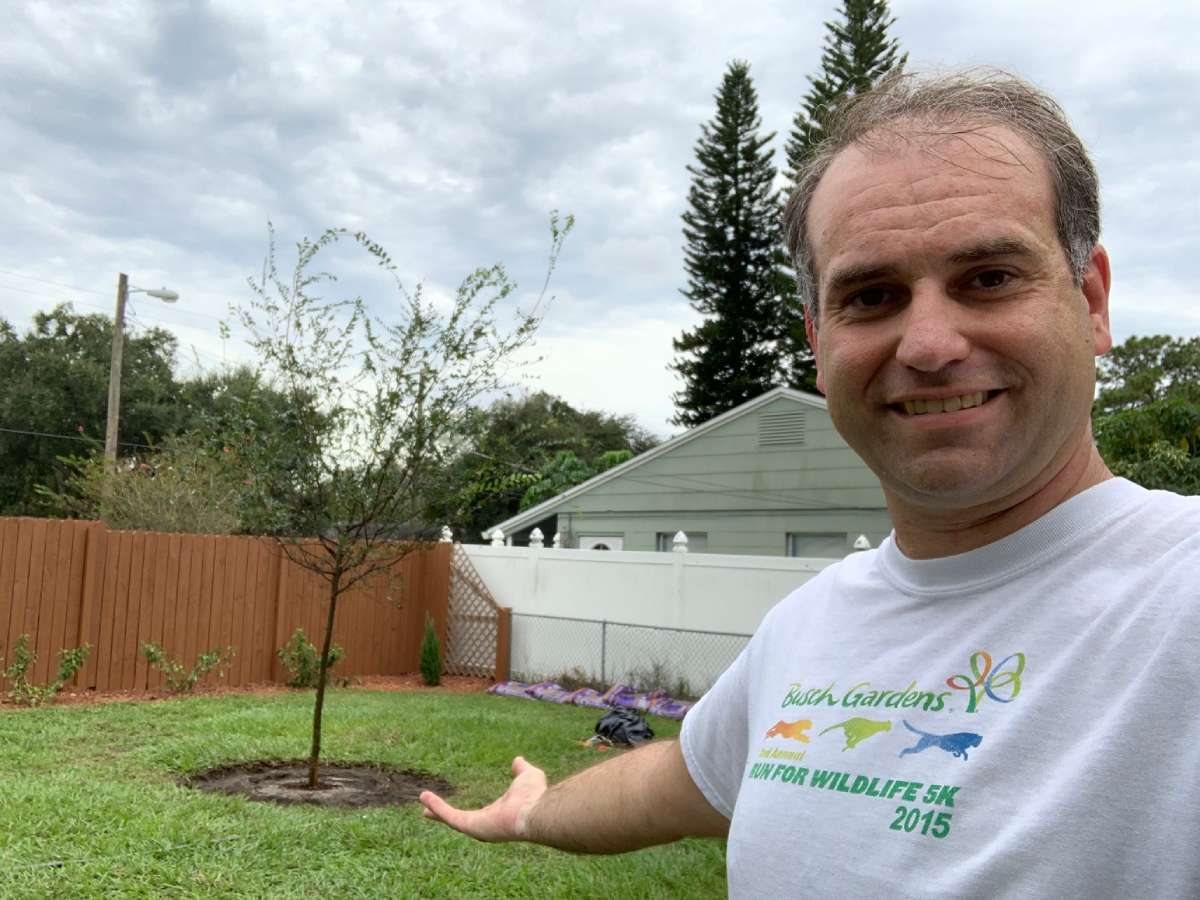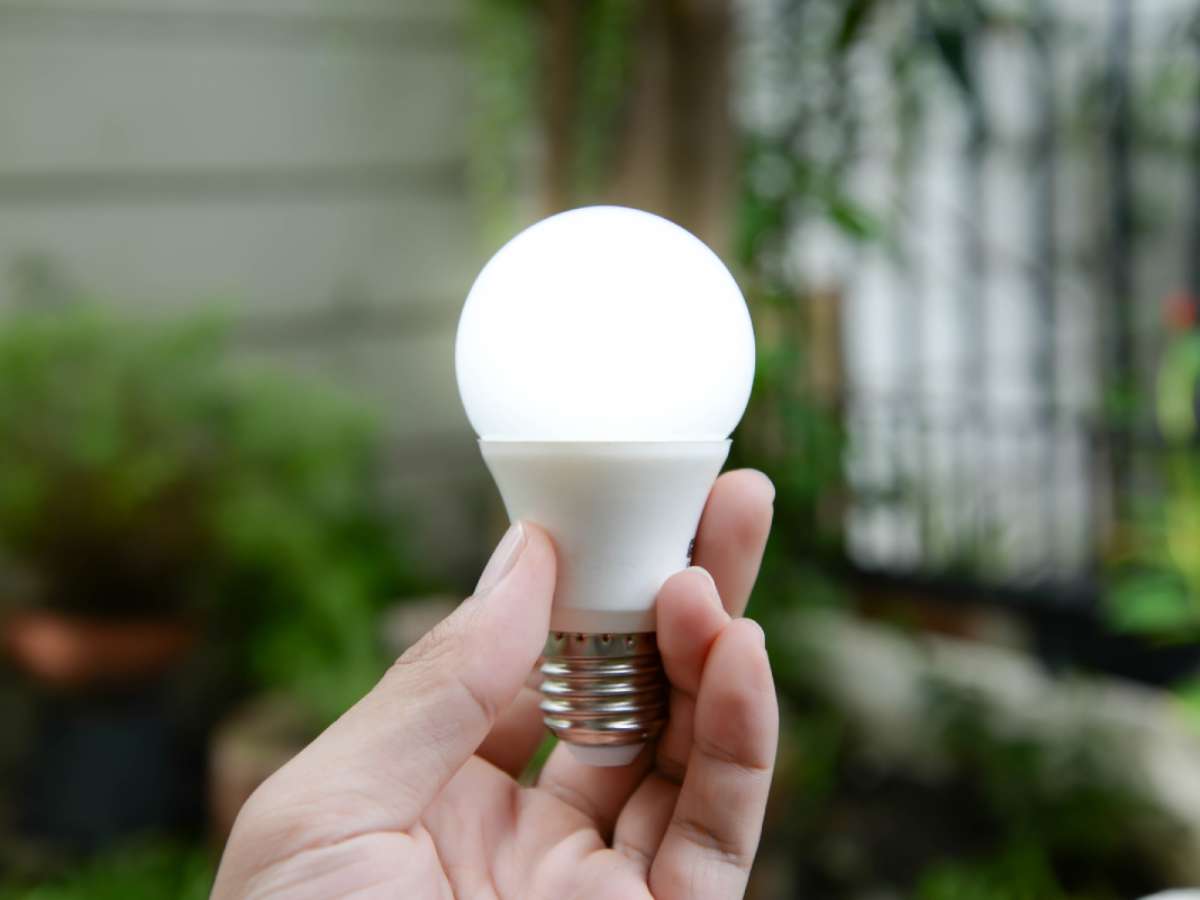 If you’re anything like me, when you hear something in the news about global warming, going green, and saving the environment, you always come back to this:
If you’re anything like me, when you hear something in the news about global warming, going green, and saving the environment, you always come back to this:
“Gosh, they’re right. What should I be doing to help?”
Even if it’s just one small thing — one simple way to make an ever-so-slight difference — what would that be?
Here are 25 things you can do…
#1 Turn food into fuel … “Already, half of the nearly 11 billion bushels of corn produced each year is turned into ethanol, and most new cars are capable of running on E10 (10% ethanol and 90% gas).”
#2 Get blueprints for a green house … “Residential energy use accounts for 16% of greenhouse-gas emissions. If you begin thinking green at the blueprint stage, however, low-tech, pragmatic techniques will maximize your new home’s efficiency. Installing those systems from the ground up is cheaper than retrofitting.”
Related: How To Decorate Eco-Friendly
#3 Change your lightbulbs … “The compact fluorescent lightbulb (CFL) is a funny-looking swirl that fits into standard sockets. CFLs cost three to five times as much as conventional incandescent bulbs yet use one-quarter the electricity and last several years longer.”
Related: 4 Green Gadgets To Fit Your Style
#4 Light up your city … “LEDs (light-emitting diodes) are already at work in traffic lights, outdoor displays (like those in New York City’s Times Square) and stadiums; airports even use LEDs on their taxiways. If your city is still burning tax money on old lights, ask the mayor why.”
#5 Pay the carbon tax … “Carbon taxes are a set tax rate is placed on the consumption of carbon in any form — fossil-fuel electricity, gasoline — with the idea that raising the price will encourage industries and individuals to consume less.”
#6 Ditch the mansion … “Oversize houses aren’t just architecturally offensive; they also generally require more energy to heat and cool than smaller ones, even with efficient appliances.”
#7 Hang up a clothes line … “A recent study by Cambridge University’s Institute of Manufacturing found that 60% of the energy associated with a piece of clothing is spent in washing and drying it. Over its lifetime, a T-shirt can send up to 9 lbs. of carbon dioxide into the air.”
#8 Give new life to your old fleece … “Where do old fleece jackets go to die? Back to the mountain. Outdoor-gear label Patagonia is collecting used clothing (regardless of brand) made from Polartec and Capilene to melt and make into new fabric and clothes.”
#9 Build a skyscraper … “Almost everything about the Bank of America tower, a soaring skyscraper under construction near Times Square in New York City, has been designed to minimize the use of energy.”
#10 Turn up the geothermal heat … “A 35,000-sq.-ft. office, showroom and retail store in Manhattan’s trendy meatpacking district is all heated and cooled by water pumped from deep underground. This geothermal system taps into water that is a relatively stable 55*F and transfers that heat to warm the building in the winter and cool it in the summer.”
#11 Take another look at vintage clothes … “High-end hand-me-downs are more ecologically sound than new clothes. Why? Buying a shirt the second time around means you avoid consuming all the energy used in producing and shipping a new one and, therefore, the carbon emissions associated with it.”
#12 Capture the carbon … “Carbon sequestration is a simple-sounding idea that’s exciting scientists, governments and energy companies as a way to cut emissions without disrupting energy supplies. A report by the International Energy Agency (IEA) says sequestration would be second only to energy-saving measures in reducing CO2 emissions, far ahead of better-known efforts like renewable energy.”
#13 Let employees work close to home … “Sitting in gridlock wastes your time and the planet’s fuel. The only solution, it seems, is to move your home next to the office. But what if you could move the office a little closer to home?”
#14 Ride the bus … “Public transit saves an estimated 1.4 billion gallons of gas annually, which translates into about 1.5 million tons of CO2, according to the American Public Transportation Association.”
Related: Road Terapass
#15 Move to a high-rise … “Density [in terms of population] means that commutes, shopping trips and supply chains are shorter. The denser the area you call home, the smaller your personal carbon footprint — not to mention your gas and electricity bill.”
#16 Pay your bills online … “If every U.S. home viewed and paid its bills online, the switch would cut solid waste by 1.6 billion tons a year and curb greenhouse-gas emissions by 2.1 million tons a year. To avoid unnecessary carbon dioxide-emitting car trips to the bank on payday, ask your employer to directly deposit your paycheck. You’ll get your money faster that way too.”
#17 Open a window … “Some easy ways to get that number [of carbon emissions] down in a hurry without rebuilding: Open a window instead of running the AC. Adjust the thermostat a couple of degrees higher in the summer and lower in the winter. Caulk and weatherstrip all your doors and windows. Insulate your walls and ceilings. Use the dishwasher only when it’s full. Install low-flow showerheads. Wash your clothes in warm or cold water. Turn down the thermostat on the water heater.”
Related: Some Things Need To Be Flushed, Your Money Isn’t One Of Them
#18 Ask the experts for an energy audit of your home … “A home energy audit, which most utility providers will do free of charge, will tell you the amount of power your household consumes and what you can do to reduce it. The average family can find ways to shave 1,000 lbs. of CO2 emissions each year.”
#19 Buy green power, at home or away … “More than 600 utilities in 37 states offer green energy, but unless you read the fine print on your bill, you may not know if your power company is one of them. (To find out, visit eere.energy.gov/greenpower.)”
#20 Check the label … “By using Energy Star appliances at home, consumers can reduce their utility bill as much as 30%.”
#21 Cozy up to your water heater … “Wrapping your heater in an insulated blanket (costs about $10 to $20 at home centers) could save your household about 250 lbs. in CO2 emissions annually.”
#22 Skip the steak … “Which is responsible for more global warming: your BMW or your Big Mac? Believe it or not, it’s the burger. The international meat industry generates roughly 18% of the world’s greenhouse-gas emissions — even more than transportation.”
#23 Copy California … “Arnold Schwarzenegger may have signed the world’s toughest anti-global-warming law, but it is Democrat Terry Tamminen, his environmental adviser, who is emerging as the state’s real Terminator, winning industry support and the endorsement of a Republican Governor for a mandate to reduce the state’s emissions 80% by 2050.”
#24 Just say NO to plastic bags … “Every year, more than 500 billion plastic bags are distributed, and less than 3% of those bags are recycled. They are typically made of polyethylene and can take up to 1,000 years to biodegrade in landfills that emit harmful greenhouse gases.”
related: San Francisco Bans Plastic Bags
#25 Support your local farmer … “Fruit, vegetables, meat and milk produced closer to home rack up fewer “petroleum miles” than products trucked cross-country to your table.”
These ideas appeared in Time magazine’s “Global Warming Survival Guide” (March 31, 2007) in an article entitled, 51 Ways To Save The Environment.
UPDATE: This is part one of a 2-part series. Part two is here.




